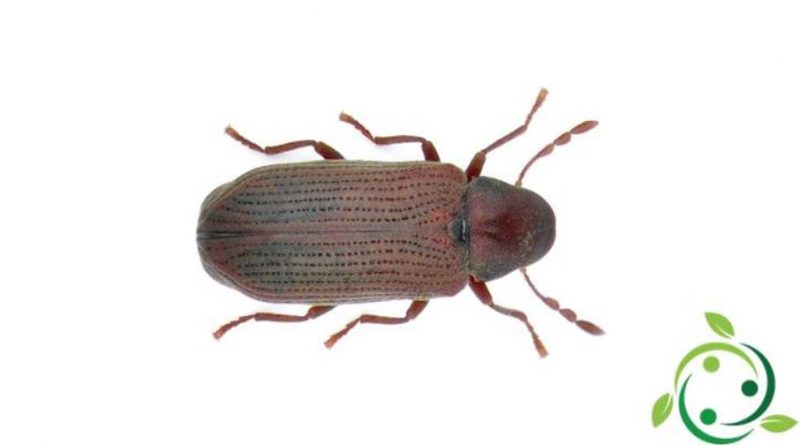Xilophagous
Xilophagous
For Xilophagous, in biology we mean an organism that feeds mainly on wood. The xylophagous term derives from the Greek ξυλοφάγος (xulophagos), in turn coming from ξύλον (xýlon) “wood” and φαγεῖν (phagèin) “to eat”. An organism is called xilophagus when it succeeds in completing the entire cycle of development or a part of it on wooden material.
The xylophages are therefore those organisms that, at the larval or adult stage, feed on woody parts of the plant: stems, branches and roots of trees, both alive and dead. In the case, however, that the organism nourishes exclusively of dead wood this is defined: saproxilofago.
A xylophagus, in its activity of nourishment of woody parts, can be provided with particular digestive enzymes (cellulases) that contribute to the demolition of lignin, or host in their digestive system protozoa symbionts that help them to digest the wood substances. Some xylophages feed on woods already partially disrupted by the action of mushrooms.
Xilophagous organisms belong mainly to arthropods. Besides that in the arthropods also the molluscs of the Teredinidae family are xilophagous.
They are xilophagous organisms: the termites (Isoptera), numerous species of coleopterans (among which those belonging mainly to Anobiidae, Bostrichidae, Buprestidae, Cerambycidae, Curculionidae), some hymenopterans and lepidopterans and some isopod crustaceans.
The xylophagous organisms are distinguished in turn in:
– Cortic xylophages: organisms that feed on the phloem of living plants;
– corticicolous-lignicolous xylophages: the larvae of these organisms feed on phloem and at the moment of the exploitation they dig tunnels of different depths in the xylem;
– lignicolous xylophages: organisms that develop in the xylem of live or dead plants or timber in this category belong to this category.

